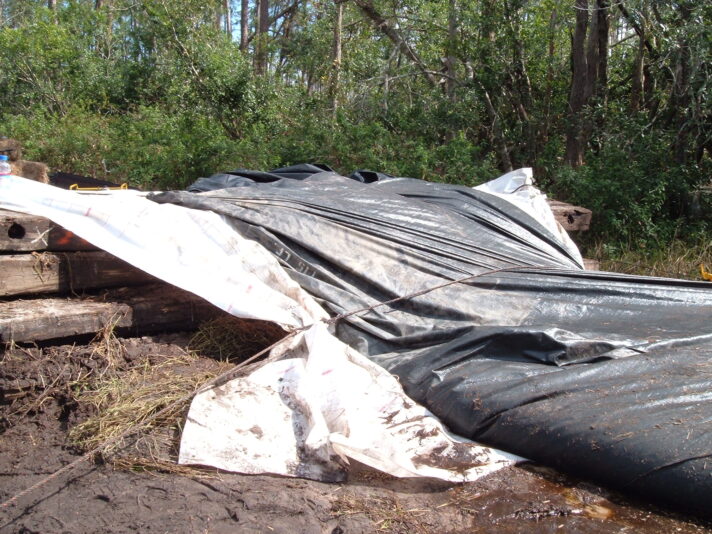
This job took place in a swamp in Orlando Florida. Workers needed an area to be de-watered so an underground cable could be spliced. This is the starting bank for the first single closed end (SCE)AquaDam. A SCE AquaDam requires a starting bank to keep its starting point (open end) higher in elevation than the body of the AquaDam. The open end and fill-tubes of a SCE AquaDam must stay elevated higher than the full height of the dam along its given path. An AquaDam will only reach its full height at the lowest elevation along its given path.
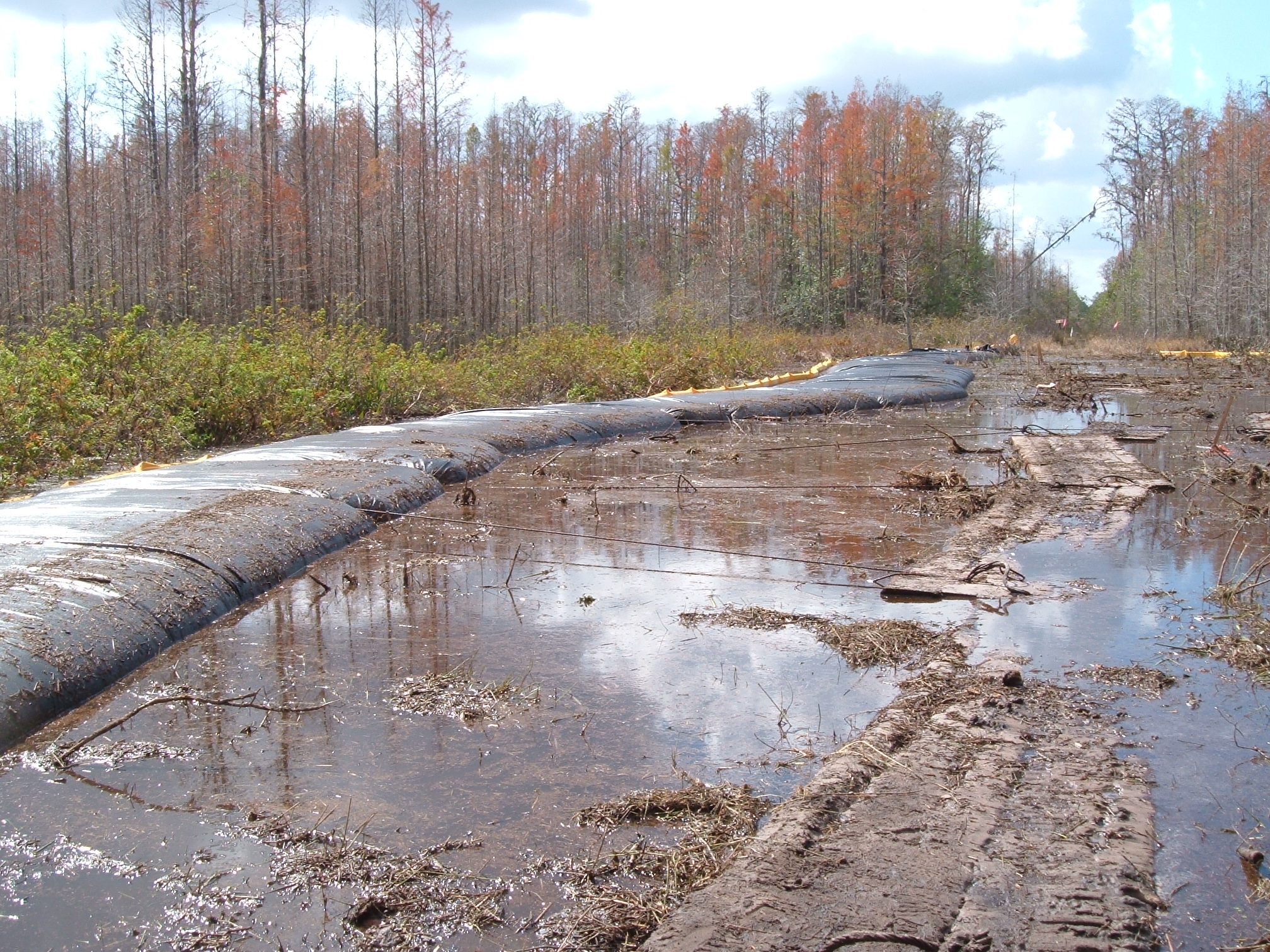
Ropes were tied from the AquaDam to wooden planks while the dam was installed to help keep it in place until it was full of water. After the AquaDam is full workers can remove these ropes.
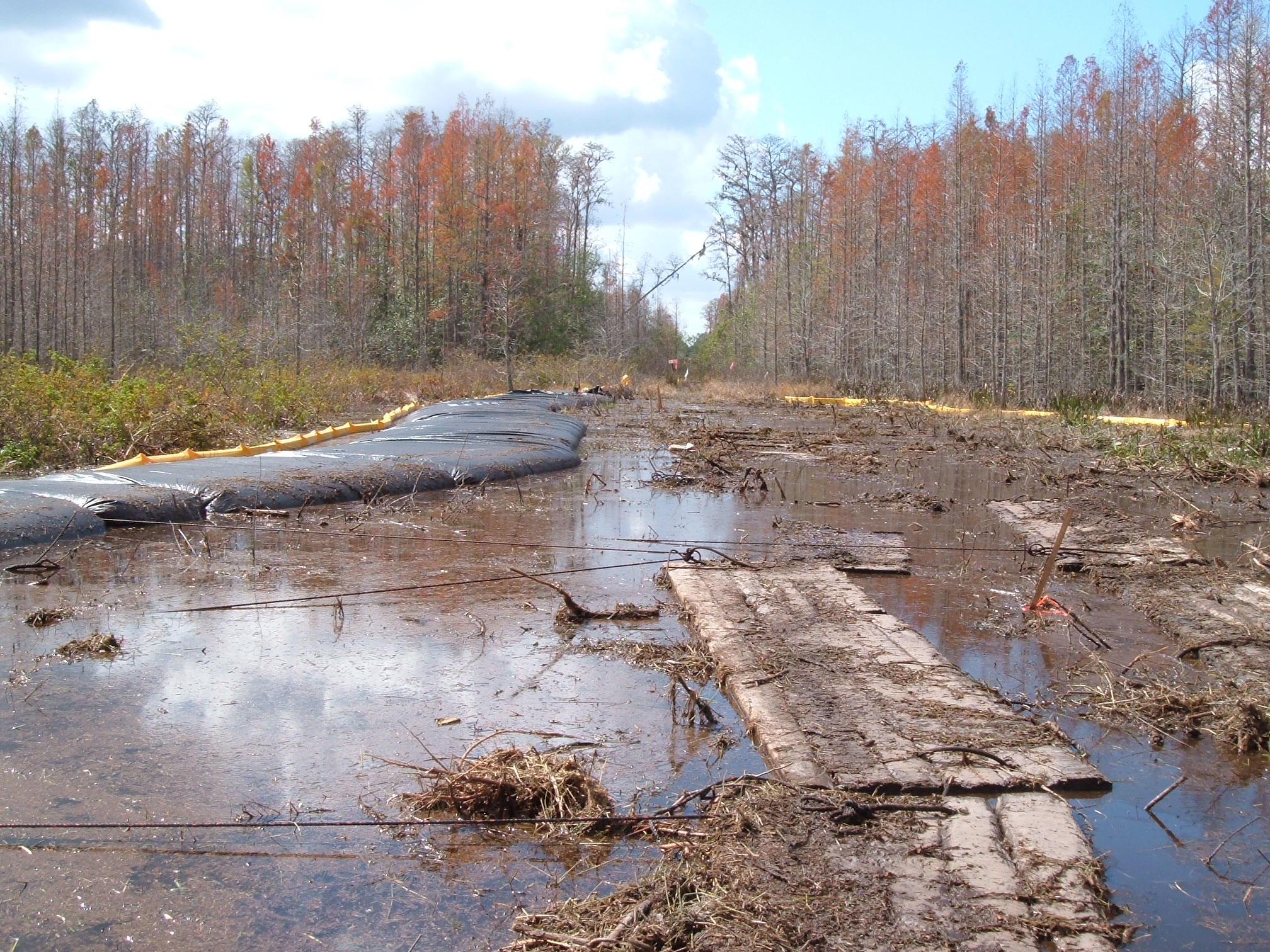
Several feet of rope are typically used while installing and removing an AquaDam.
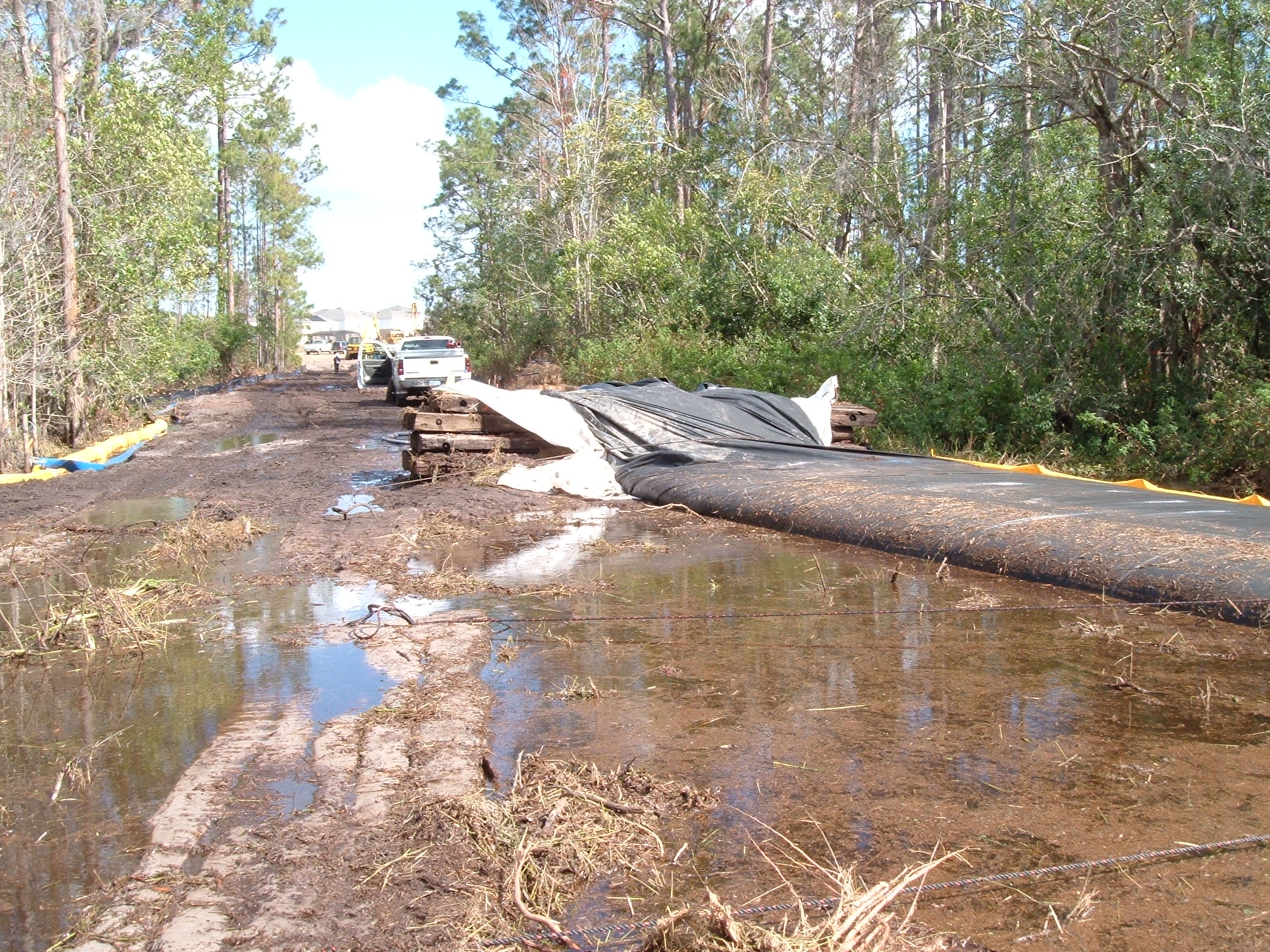
Another view of the starting bank of the first SCE AquaDam. This starting bank was constructed out of wood and covered with protective material. A starting bank is typically natural, but one can be made, or a double closed end (DCE) can be added.
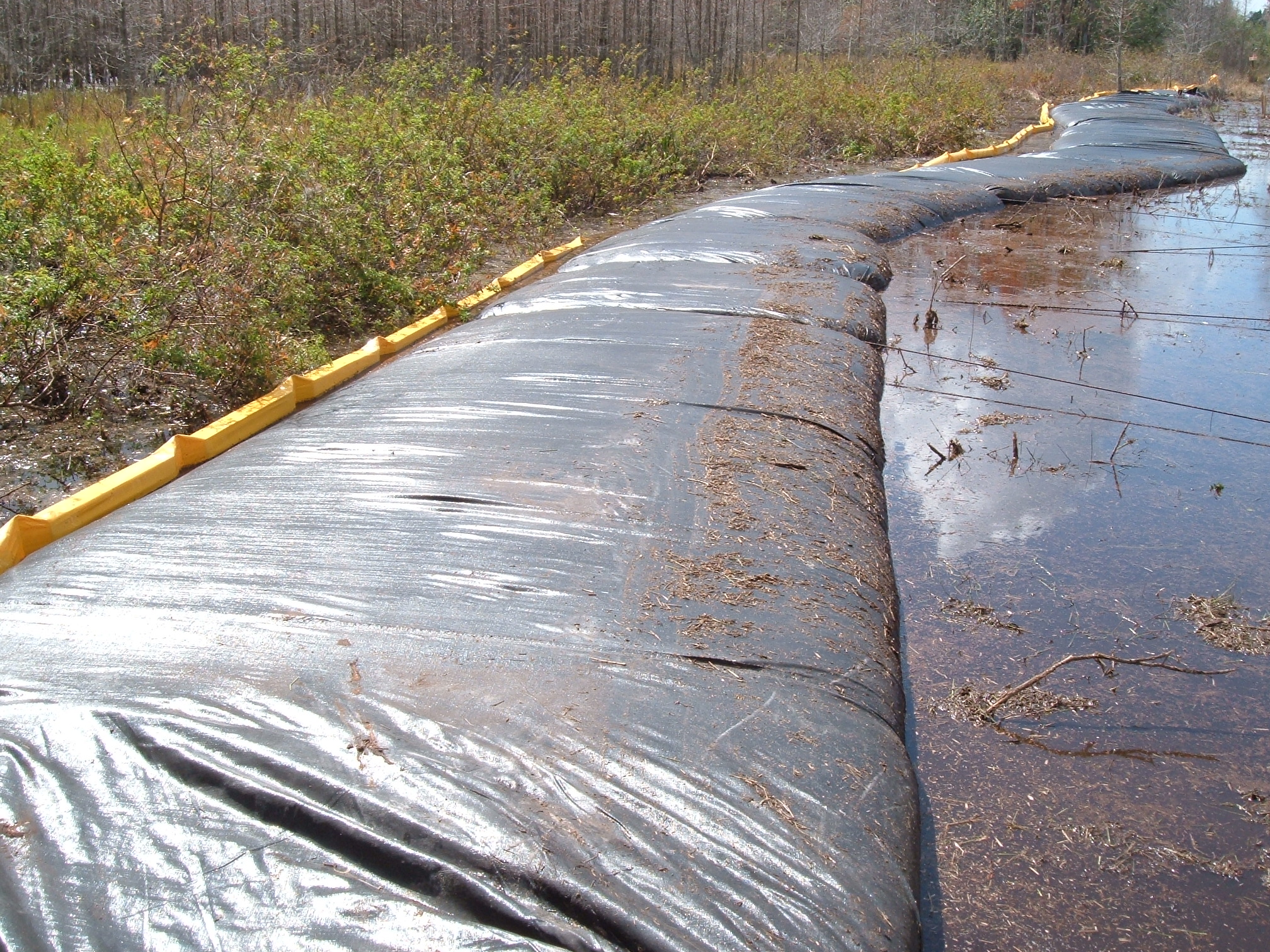
The thick brush hides the water depth on the left side of the AquaDam.
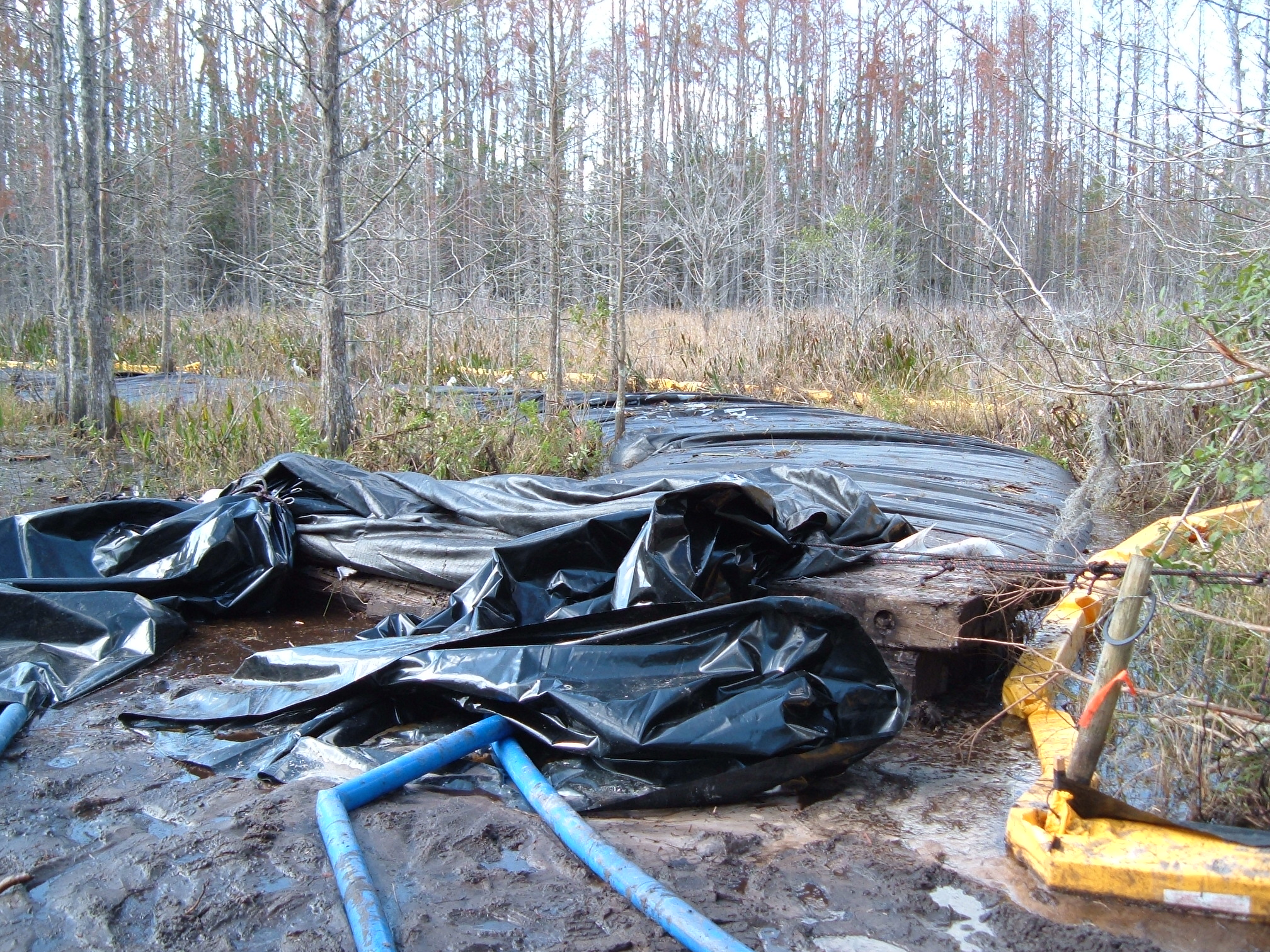
Here is the starting bank for another SCE AquaDam. An AquaDam can make a good seal in mud or other soft soils. The weight of a filled AquaDam may displace soft mud. Soft mud depths must be included with the maximum controllable water depth.
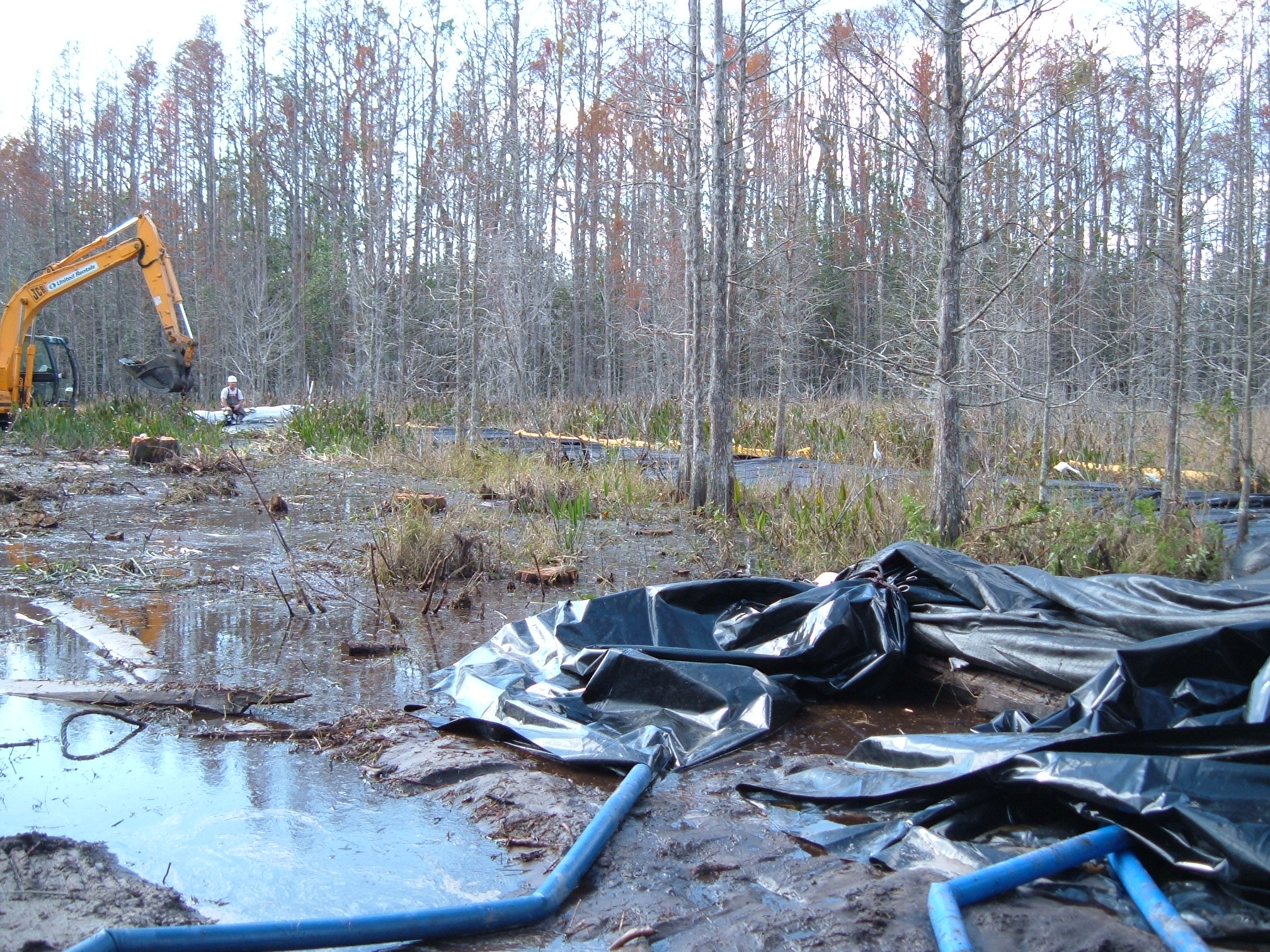
Sharp sticks and metal objects can puncture an AquaDam, so it is a good idea to check the path where an AquaDam will be installed. An excavator was used to position the AquaDam and remove objects that could puncture the dam.
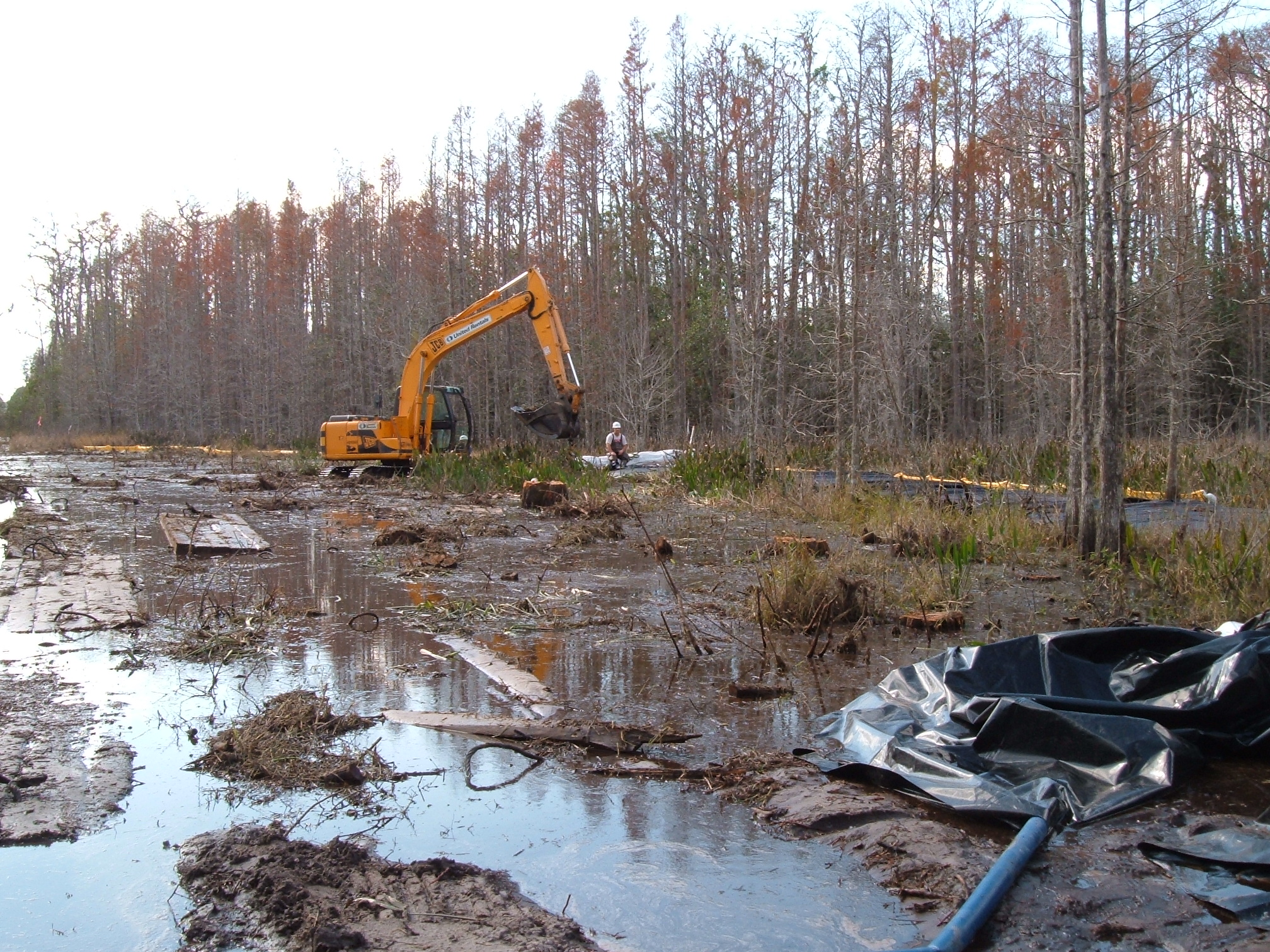
This is a view of the work area and some hazards that must be dealt with.
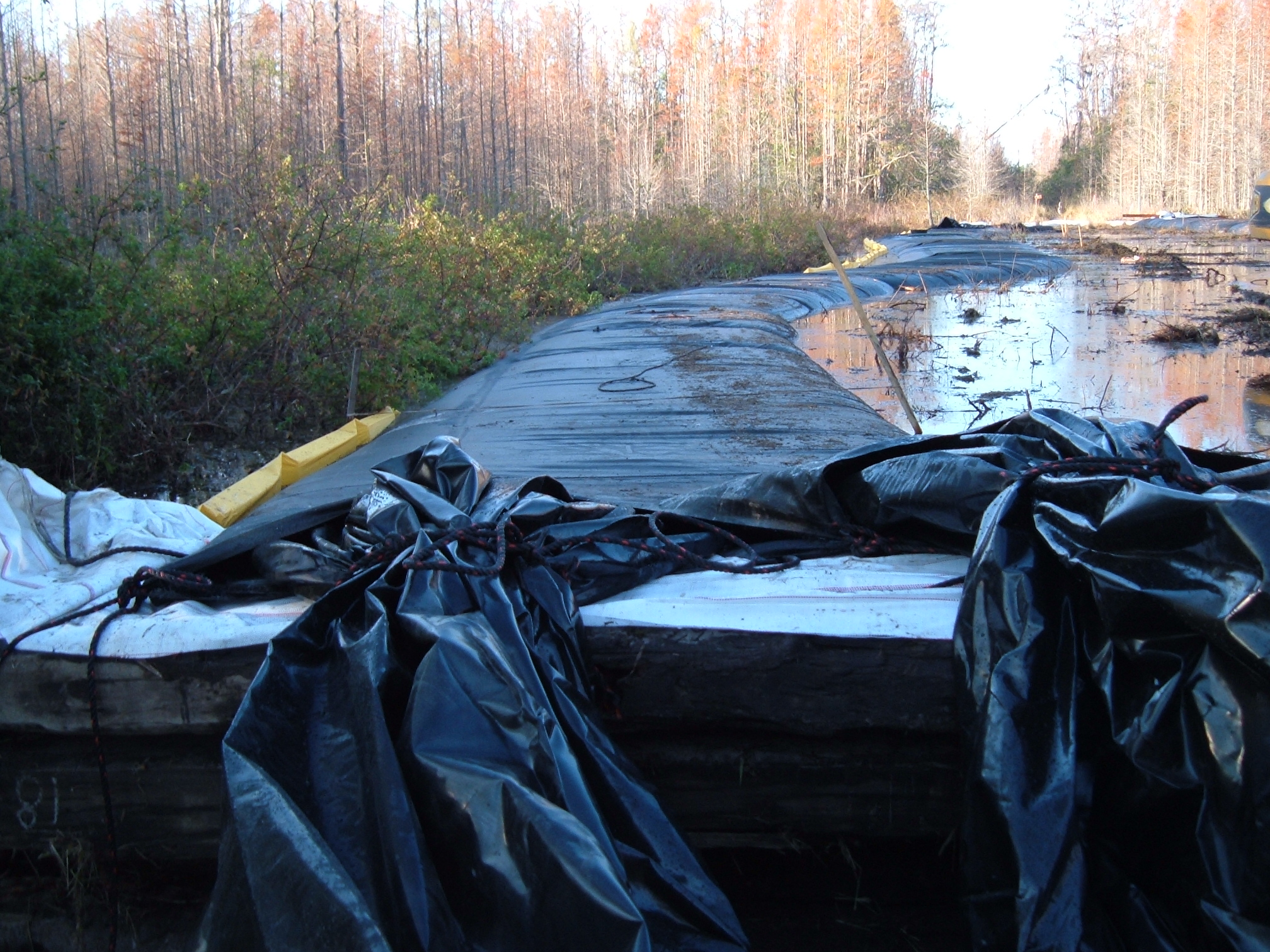
The open end and fill-tubes have been secured with rope to prevent them from moving.
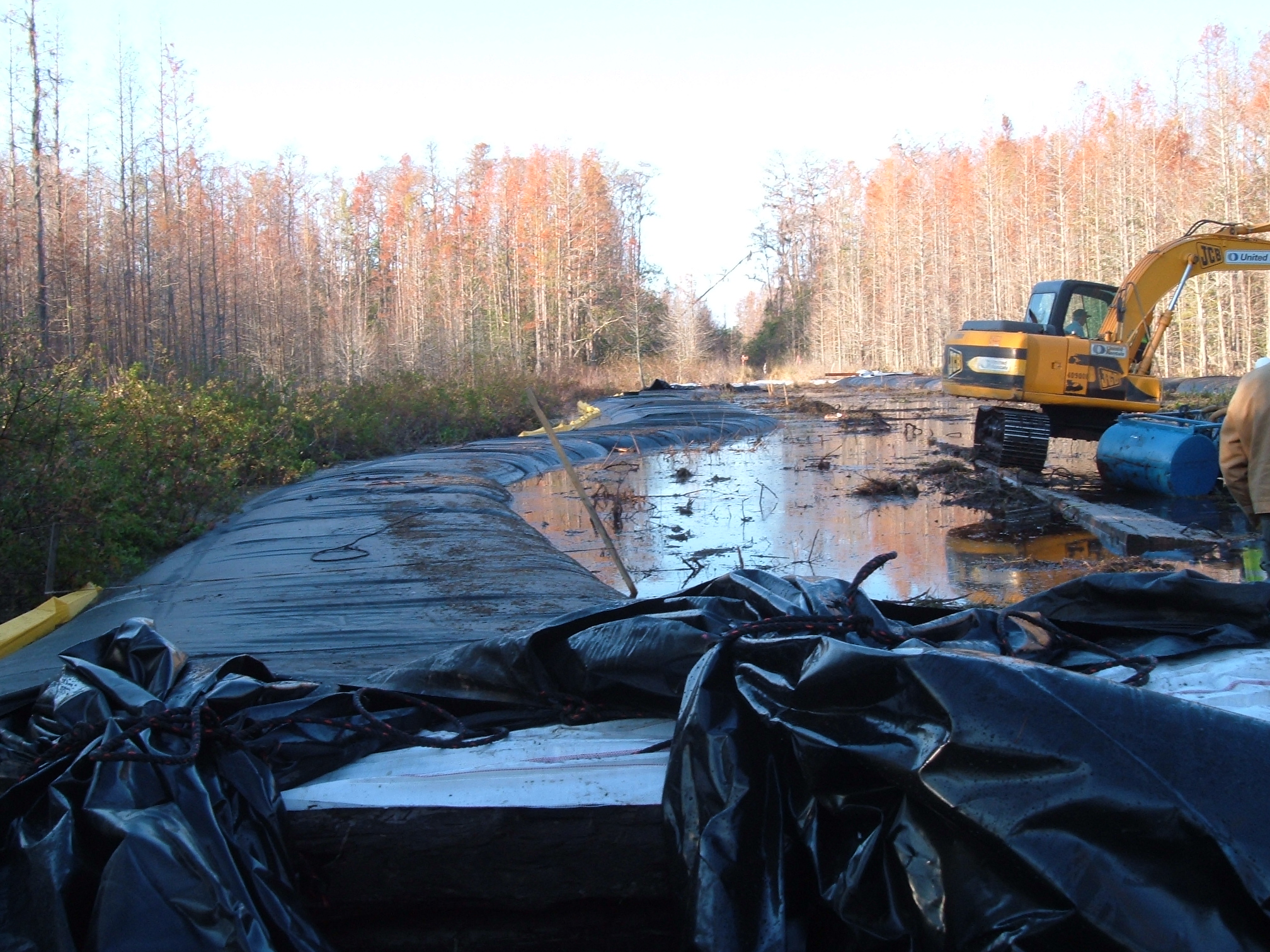
The SCE AquaDams are installed and full of water.
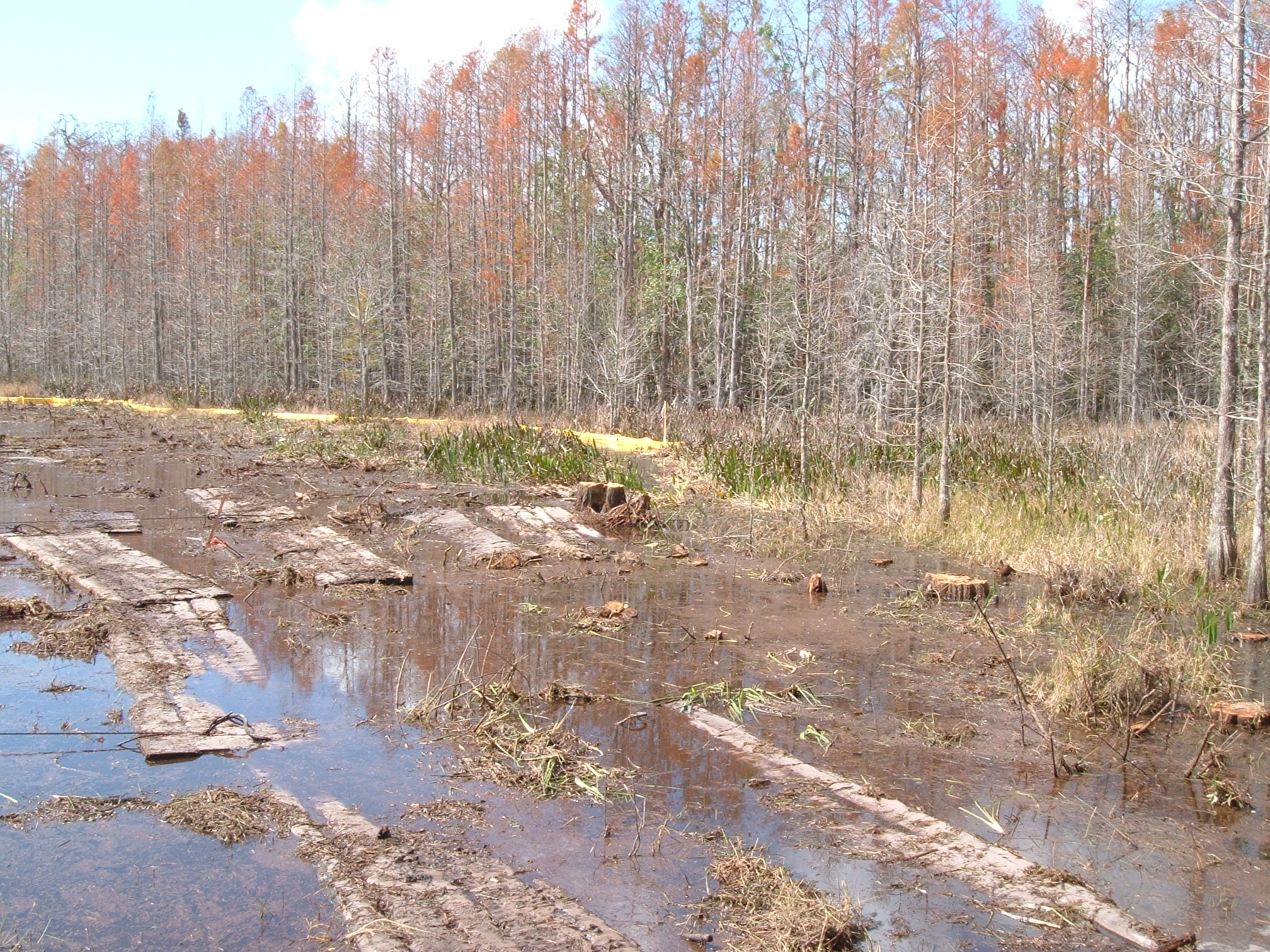
Stumps and thick brush on the job site can be hazardous to an AquaDam and should be removed from its path before installation.
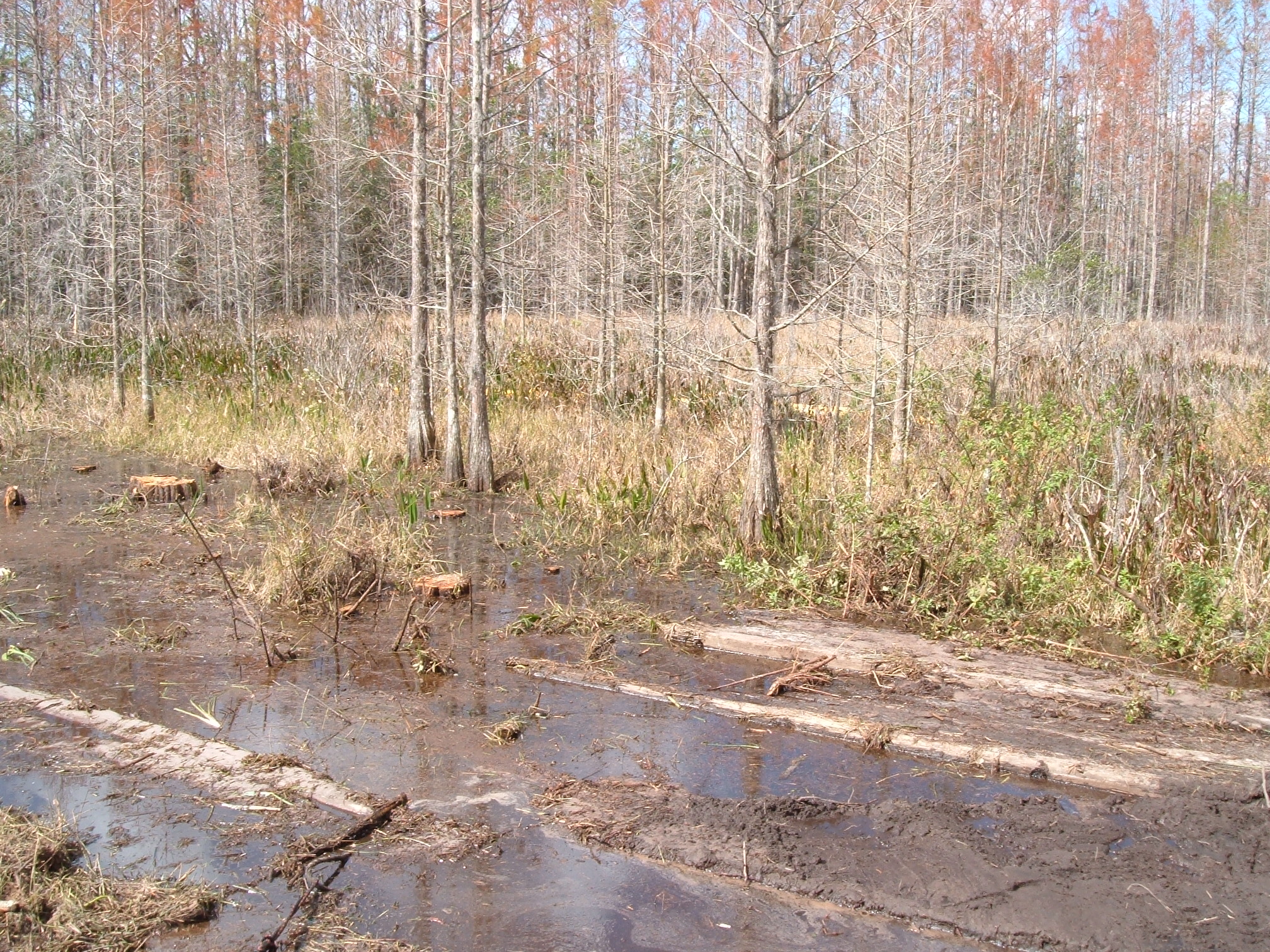
Wonderful job AquaDam!
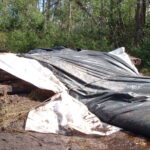
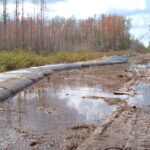
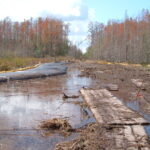
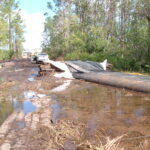
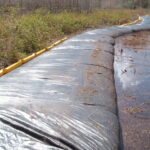
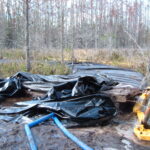
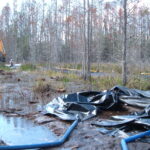
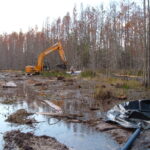
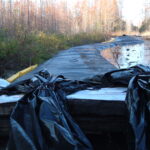
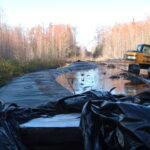
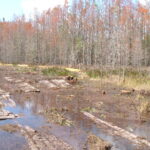
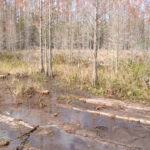
Single Closed End (SCE) AquaDams, Swamp De-watering, Underground Cable Splicing
